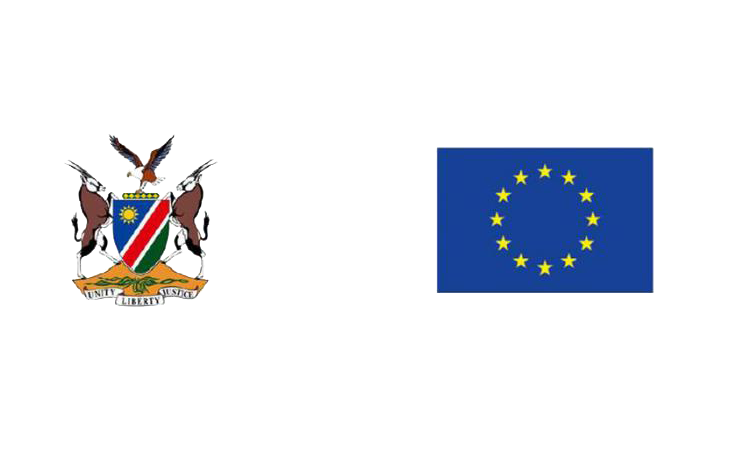We are often preoccupied with what we lack and what we’re doing wrong when the topic of socioeconomic development comes up. With everything that we have collectively experienced in the […]
Why the implementation of a Single Window system should be a priority for Namibia The Single Window (“SW”) system is described as “a facility that allows parties involved in trade […]
Wouldn’t it be unfortunate if Uendji managed to get clients in Senegal for her graphic design services but had to pass up the opportunity in the end because she could […]
Trade under the Africa Continental Free Trade Agreement (AfCFTA) was announced on 1 January 2021. The AfCFTA’s actual implementation is however, subject to the conclusion of on-going negotiations ending June […]
Jo Gutenburg invented the printing press in 15th century Europe, sadly he will never know just how much he changed the world. Thanks to his invention, knowledge and the power that […]
The Namibia Trade Forum Board of Directors recently announced the appointment of Mrs Stacey Pinto as the substantive Chief Executive effective 05 May. Chairman of the Board of Directors NTF, […]
SA retailers supplying products to Namibia have to abide by that country’s retail charter, which aims to control access to the local market to allow for the development of local […]
Imports – The total number of imports from the EU into Namibia was US$ 6.7 billion in 2017. There is a decline of imports from the EU since 2014 on various […]
In what was widely regarded as an essential step to transform the Namibian Retail sector, stakeholders recently met in Windhoek to advance plans for a negotiated transformational model for that […]





